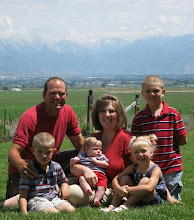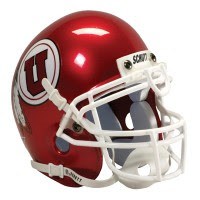Have you ever seen a rainbow on a completely cloudy day? Probably not. But, most of us have viewed spectacular rainbows during the day and some may have been lucky enough to view a rainbow at night, or known as a moonbow. To view these beautiful refractions of light all we need is the correct solar zenith, around 40 to 42 degrees (no this is not temperature) and rain, ice crystals or some form of moisture. What we need is the correct angle of sunlight to pass through drops of rain to refract the light so we are able to view the prism of light. Most of us view rainbows when we are facing east. The sunlight needs to be at our backs and rain to our front to view rainbows. Some of us may have viewed rainbows facing west, of course all of us know this would only be possible in the morning. Well, maybe not, but rainbows viewed in the east are in the afternoon or evening depending on the time of year and rainbows viewed in the west are in the morning when the sun is at our backs. An interesting thing to think of when viewing rainbows is the weather associated with these rainbows. Most mid latitude storm systems pass from west to east, so when you see a rainbow in the east it is most likely indicating the weather is improving. This is evident because of the sun shinning from the west void of cloud cover. Now when you view a rainbow in the west this would probably indicate that the weather on this day is going to involve some moisture.
Moonbows are not as viewed and well known. I have not viewed one but, would really like the chance to see one. I guess I will need to keep an eye out for partly cloudy, full moonlit, misty nights, but for some reason the weather forecast does not usually give me the indications for such events. This works with the same basic principles as a rainbow, but uses reflected sunlight from the moon to form the prism with rain. The moon needs to be relatively full or bright. You also need to have the same angle of light coming from the moon, around 40 to 42 degrees. Using the same principles as with rainbows your back must be facing the moon.
My favorite thing about rainbows is the double rainbow. Is this really two rainbows? Think about it. Do we have two suns? No, thank goodness, it is hot enough with one. A double rainbow is the reflection of the first rainbow. To prove this think about the colors and their order in the rainbow. We can use Sir Issac Newtons sevenfold red, orange, yellow, green, blue, indigo, and violet. Some of us may remember this by using the mnemonic, "Roy G. Biv." One rainbow will follow this color order. A second or double rainbow will not. The colors are in reverse clearly indicating a reflection of the first. Reflections are in reverse, this is why when you look at an ambulance in your rear view mirror you are able to read the words. The next time that you are lucky enough to view a double rainbow, take a closer look. You will be amazed.
If you do not want to wait for a rainbow you can make your own using a garden hose, sprinkler, or view one at a water fall. But, remember to have your back facing the sun. And try not to loose too much sleep waiting for a moonbow, but then again, I probably will.
Sunday, July 20, 2008
Rainbows and Moonbows
Posted by Karl Schempp at 9:25 PM
Subscribe to:
Post Comments (Atom)

















2 comments:
So that's where you were last night.
I am constantly learning from you. You are teaching me alot through your blog. Keep it up!!!!
Yo Mama
Post a Comment